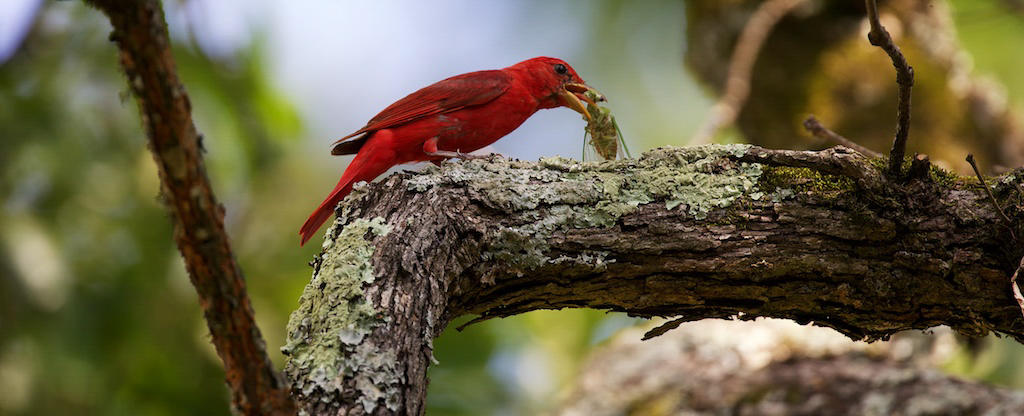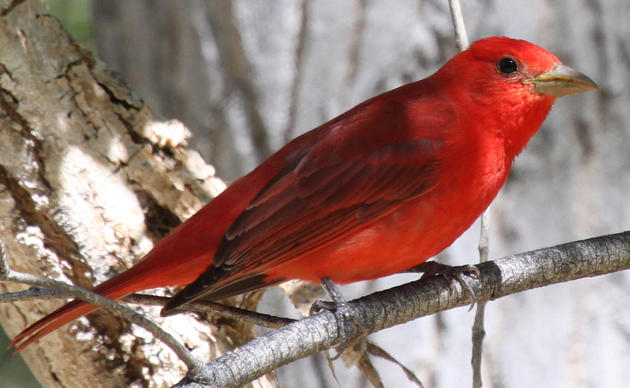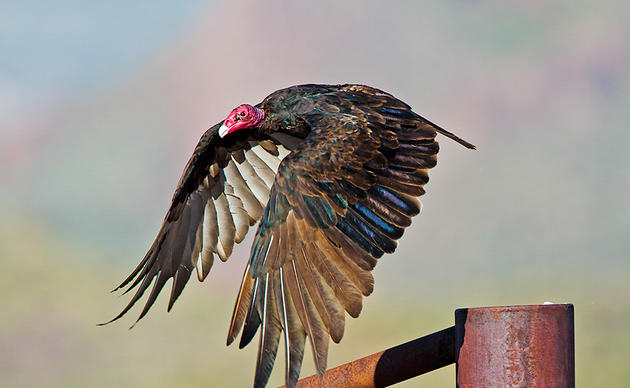
The Important Bird Areas Program (IBA) is a global effort to identify and conserve areas that are vital to birds and other wildlife. By working with Audubon chapters, landowners, public agencies, community groups, and other non-profits, Audubon endeavors to interest and activate a broad network of supporters to ensure that all Important Bird Areas are properly managed and conserved.
The 10,561-acre South Fork Kern River Valley is one of the first ten 'Globally Important Bird Areas" designated in the United States.This IBA is home to many endangered species, unique habitats, and areas of cultural significance. The Kern River is the southernmost major river in the Sierra Nevada, and its watershed extends from the highest point in the state south and west into the southern San Joaquin Valley. Its two main arms, the North Fork, which drains the High Sierra, and the South Fork, which originates on the Kern Plateau (the southern terminus of the Sierra), meet in the 560,000-acre-foot reservoir “Lake Isabella.” One of the most biologically diverse areas in North America, the region is the intersection of significant geological and floristic provinces. The South Fork Kern River Valley is home to one of the largest and best-preserved examples of lowland riparian woodland (Fremont cottonwood-willow) in the state. Other major habitat communities include Joshua tree woodland, wet meadow, freshwater marsh, Mojave Desert scrub, desert chaparral, and annual grassland. Several privately held cattle ranches remain unprotected totaling 7,223 acres, with a total of 12,043 acres protected as conservation lands (through fee title or conservation easements) from the eastern edge of Isabella Reservoir east past the community of Onyx. These include South Fork Wildlife Area (1,200 acres owned by the U.S. Forest Service) at the eastern edge of Lake Isabella; the Kern River Preserve (3,000 acres owned by Audubon) just to the east; Canebrake Ecological Reserve (6,938 acres owned by the DFG) which includes all of Fish & Game’s holdings of riparian and upland habitats in the South Fork Valley; and Hafenfeld Ranch conservation easement (233 acres).
The South Fork Kern River riparian forest supports the largest breeding population of Western Yellow-billed Cuckoo (California Listed as Threatened) left in the western U.S. The Southwestern Willow Flycatcher (Federally Listed as Endangered) is the focus of much of the restoration and habitat protection in the Kern River Valley. An understudied subspecies, the Kern Red-winged Blackbird, this bird’s global distribution is limited to the mid Kern River watershed. The wetlands in the South Fork Kern also support colonies of Tricolored Blackbirds (Audubon Watch List species and CDF Species of Special Concern). This forest also supports the most northwest breeding colonies of several southwestern desert species: Summer Tanager, Vermilion Flycatcher and Brown-crested Flycatcher. The riparian bird community is exceptionally rich on the Kern River Preserve, with 110 species documented as nesters, and 140 species breeding in the South Fork Valley as a whole. Mid-summer bird censuses have documented over 300 Yellow Warblers and over 1,000 Song Sparrows. Seven species of blackbirds feed in agricultural fields and feedlots in the valley. Alkali meadows and wet grasslands support an interesting interior-coastal blend of species, including White-tailed Kite, Northern Harrier, Wilson’s Snipe and Grasshopper Sparrow. Spring migration is spectacular, with thousands of songbirds moving through the riparian forest in late April to mid-May. The highlight of fall migration is the annual flight of up to 30,000 southbound Turkey Vultures. The afternoon flights normally stop to roost overnight in the riparian forest during September and October.
How you can help, right now
Visit us on Facebook
Keep up to date on everything happening at the Kern River Preserve and share highlight from your own visit.
Sign-up for Updates
Subscribe to our email list to know about upcoming festivals, volunteer days, and other events.
Make a Gift
Through the support of people like you, we can keep building a culture of conservation by working to protect wildlife habitat, cultural resources, and the diversity of life.


